OZ Pitch Day Recordings
Complete recap of the July 9 IRS public hearing on Opportunity Zones
On Tuesday, July 9, approximately 100 people attended the auditorium at the IRS New Carrollton Federal Building just outside of Washington DC as 19 groups of Opportunity Zone stakeholders testified during the public hearing on proposed regulations: “Investing in Qualified Opportunity Funds” [REG-120186-18].
This was the second hearing on proposed IRS regulations, following the second tranche of regulatory guidance issued April 17. The first hearing held on February 14 followed the issuance of the first tranche of regulatory guidance issued October 19.
While the Valentine’s Day public hearing covered a broad range of topics at a high level (e.g., eligibility requirements for operating businesses), this second hearing was narrower in scope and many of the topics were more technical in nature.
Podcast episode recap of the hearing
This IRS hearing was the focus of a recent episode of the Opportunity Zones Podcast. Click the play button below to listen to the recap.
Looking for the full audio recording of the hearing? Click here.
Biggest issues covered at the hearing
These topics are the most pressing issues, many of which are potentially inhibiting investment in Opportunity Zones. They were brought up numerous times by multiple speakers.
- Data collection and reporting
- Multi-asset fund exit options, and the descrepancies between tax treatment at the different QOF, QOZB, and QOZBP levels.
- Substantial improvement test on aggregate basis vs. asset-by-asset basis
- Debt-financed distributions
- Treatment of Section 1231 gains
Some other issues covered at the hearing
These were the several other issues that were brought up at least once during the hearing.
- Gentrification risks and potential for negative impact on minority communities
- Request for simpler plain language clarification on the IRS website
- Definition of vacant property
- Qualification of property owned prior to December 31, 2017
- Triple net lease in the context of the definition of an active trade or business
- Investor relief if fund sponsor conditions fail
- 70% test as it pertains to the use and location on tangible property
- 31-month safe harbor for active trade or business
- Pairing Opportunity Zones with tax credits such as NMTC and LIHTC
- Interim gain reinvestment at the QOF level
- Community Reinvestment Act (CRA) credits
- Applying use restrictions on multifamily housing redevelopments instead of substantial improvement
In total, 19 groups of speakers were scheduled to present in 10-minute increments. Eight of the speakers had previously delivered testimony at the February 14 hearing. Below is a brief recap of what each speaker had to say.
Article continues below.
Join the Weekly Opportunity Zones Newsletter
We typically send one email a week, but we will send a special alert as soon as the final regulations are issued by the IRS. Sign up today. You may unsubscribe at anytime.
Speaker #1: William Cunningham
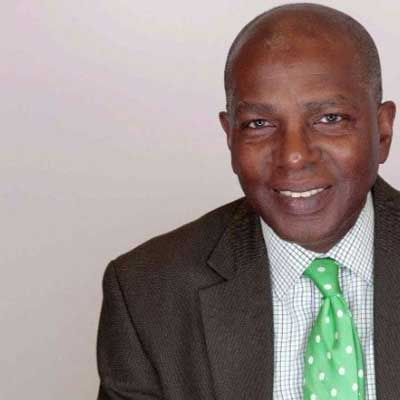
Creative Investment Research, Washington DC.
Creative Investment Research founder and CEO William Cunningham echoed the remarks he gave at the February 14 hearing, expressing caution regarding the Opportunity Zones program. He believes that the program is “fundamentally unfair and fiscally unsound.” He expressed concerns about “negative externalities that a program like this will impose on black and brown people in the 8,700 communities.” He once again recommended that regulations prohibit elected officials who had a hand in creating the program from personally benefiting, and that Ethereum blockchain technology be implemented to track and report social impact.
Download William Cunningham’s presentation [PDF]
Speaker #2: Mary Scott Hardwick
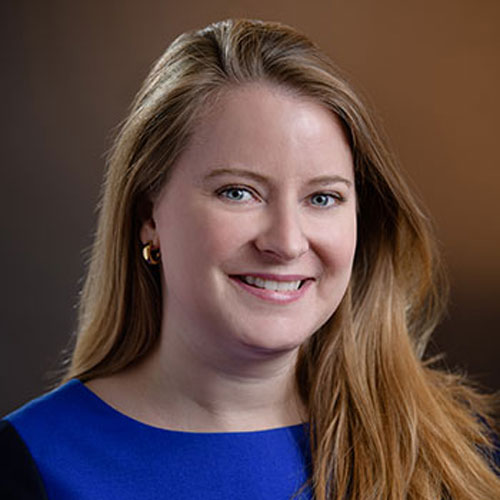
Opportunity Finance Network, Washington DC.
Opportunity Finance Network public policy associate Mary Scott Hardwick covered three topics during her testimony: 1) support for the OZ Framework developed by the Beeck Center and the U.S. Impact Investing Alliance, and a request that data be publicly available at least once a year; 2) anti-fraud and anti-abuse provisions should include: a) vacant land improvement threshold clarity, b) independent certification of funds should be similar to NMTC, c) extending the ban on sin businesses to the QOZB level, d) a clear definition for “reasonable cause” that allows a fund to fail 90% asset test; and 3) support for the EIG Coalition’s recommendation on how to improve the regs for operating businesses.
Download OFN’s public comment letter [PDF]
Speaker #3: Kevin Matz
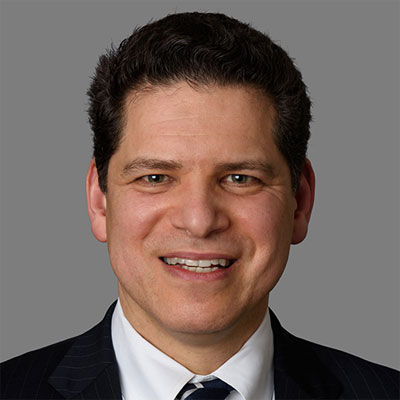
American College of Trust and Estate Counsel, Washington DC.
Stroock & Stroock & Lavan tax partner Kevin Matz delivered testimony on behalf of the American College of Trust and Estate Counsel. He addressed five topics: 1) gift of an interest in a QOF should not be an inclusion event; 2) grantor trust transaction tax treatment; 3) further relief to extend the 180-day period for K-1 recipients who may not receive their K-1 until more than 180 days after the end of the taxable year; 4) basis adjustments upon death; 5) tax treatment of inheritance of interest in a QOF.
Download ACTEC’s public comment letter [PDF]
Speaker #4: James Rose
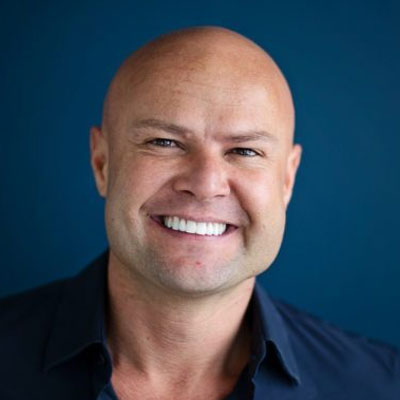
Rose Development, St. George UT.
Rose Development founder and CEO James Rose expressed frustration at the level of complexity of the regulatory language. He requested that the regulations be simplified in plain language so “normal people” can understand them, and requested that the IRS website be updated with more information, and a section he referred to as “Opportunity Zones for Dummies.”
Download James Rose’s public comment letter [PDF]
Speaker #5: Fran Seegull
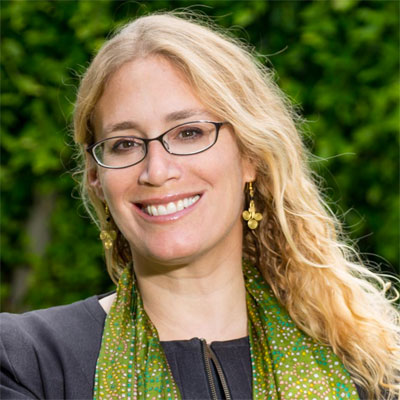
U.S. Impact Investing Alliance, New York NY.
Fran Seegull is executive director of U.S. Impact Investing Alliance, which partnered with the Beeck Center to craft the OZ Reporting Framework earlier this year. Fran also spoke at the February hearing. She expressed that she was pleased with Treasury’s RFI on data collection and pleased that the White House is prioritizing the issue, but stressed that Treasury should provide greater clarity on abuse prevention. Her recommendations included: 1) the IRS commissioner should maintain broad authority to recharacterize abusive investments as such; 2) define clear potential abusive actions such as land banking; and 3) independent certification of community benefit practices of opportunity funds. Fran also spoke about the importance of data collection and consistent reporting standards to track the effectiveness of policy. She encouraged the creation of a web portal for real-time data collection, instead of annual reporting on an IRS form.
Download USIIA’s public comment letter [PDF]
Speaker #6: Steve Glickman
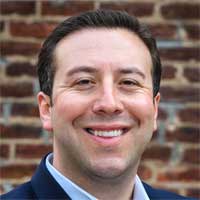
Develop Advisors, Washington DC.
As former CEO of the Economic Innovation Group, Steve Glickman was one of the lead architects of the Opportunity Zones legislation. He also spoke at the hearing in February. Steve out a few big points: 1) multi-asset funds exit is the only part of the regulations that investors cannot rely on, and it needs to be finalized as soon as possible because these funds are being structured right now; 2) issues with operating businesses; 3) a potential misalignment between GPs and LPs when it comes to holding periods; and 4) substantial improvement test on aggregate vs. asset-by-asset basis.
Read Steve Glickman’s public comment letter
Speaker #7: Darryl Steinhause & Dan Cullen
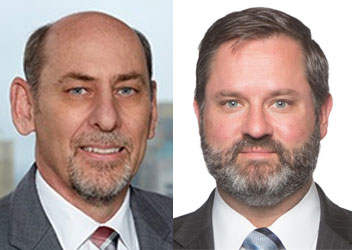
Institute for Portfolio Alternatives, Washington DC.
Darryl Steinhause of DLA Piper and Dan Cullen of Baker McKenzie spoke on behalf of the Institute for Portfolio Alternatives. Dan previously spoke at the February hearing. Darryl emphasized exit strategies need to be aligned (sell units, sell QOZBs, or sell underlying business or project). Currently, there is a different tax result based on structure. He also emphasized the need to calculate substantial improvement on an aggregate basis. Dan made two points: 1) debt financed distributions and easing of how the disguised sale rule be applied; 2) inclusion events and tax-free transactions.
Download IPA’s public comment letter [PDF]
Speaker #8: Argyrios Saccopoulos
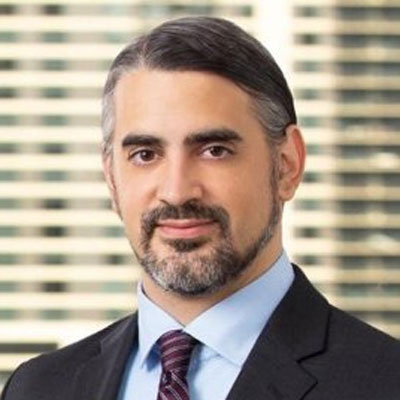
State Bar of Texas Tax Section, Austin TX.
Argyrios Saccopoulos is senior counsel in Jackson Walker’s tax group. He covered three topics on behalf of the State Bar of Texas Tax Section: 1) allocations and distributions with respect to profits interests and why he’s advised his clients to have a separate vehicle for carry; 2) how the “substantially all” holding period test is administered; and 3) a request for additional clarification on the definition of “triple net lease.”
Download the public comment letter submitted by the State Bar of Texas Tax Section [PDF]
Speaker #9: Brent Carney
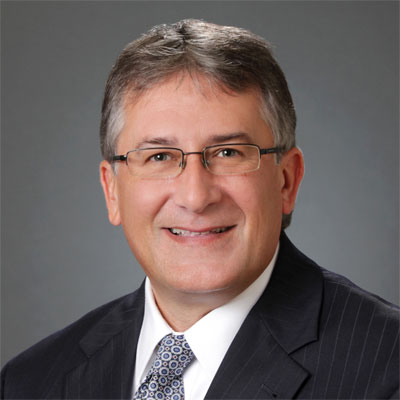
Maraziti Falcon LLP, Short Hills NJ.
Maraziti Falcon partner Brent Carney’s testimony focused mainly on QOZB property, specifically these two points: 1) the definition of original use; and 2) how do vacant properties fall into the definition of original use. He was also asked about his written comments requesting that Treasury make the deadline for the basis step-up dates more flexible, so that the 7-year and 5-year holds could be achieved beyond the current December 31, 2026 deadline.
Download Brent Carney’s public comment letter [PDF]
Speaker #10: Jill Homan
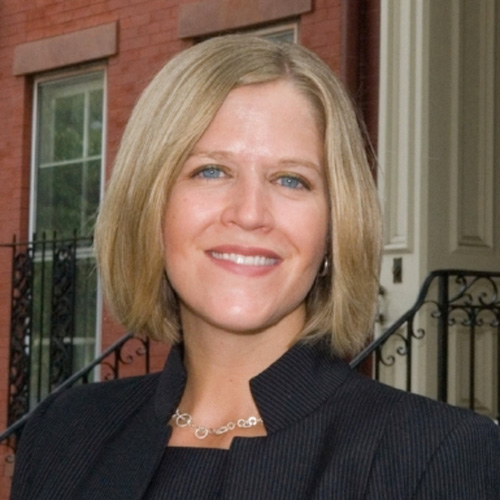
Javelin 19 Investments, Washington DC.
Javelin 19 Investments president Jill Homan made remarks on five points that she believes will unlock still-hesitant investors: 1) whether improvements made to property owned prior to January 1, 2018, would qualify as QOZB property; 2) a request to aggregate expenditures to satisfy the substantial improvement test, instead of on an asset-by-asset basis; 3) the need to synthesize tax treatment of sale of QOF interest, QOZB, and QOZBP; 4) triple net leasing structures regarding the active conduct of a trade or business; 5) QOF investor relief if fund sponsor conditions fail, such that if gain is returned through no fault of the investor, that the investor should be granted a 180-day reinvestment window. Jill had previously delivered testimony at the February hearing.
Download Jill Homan’s public comment letter [PDF]
Speaker #11: Regina Staudacher

Howard & Howard, Royal Oak MI.
Howard & Howard corporate tax lawyer Regina Staudacher previously delivered testimony at the February hearing. This time around, she remarked on three topics: 1) debt-financed distributions; 2) use and location of tangible property; and 3) gain rollover within the 10-year holding period, and the inability to reinvest and have gains transactions throughout the life of a 10-year hold is keeping a lot of multi-asset fund investors on the sidelines. Regarding debt-financed distributions, she relayed an anecdote of a partnership with a $48 million capital gain from 2018 that abandoned their OZ investment at the last minute because of the new debt-financed distribution language associated with the modified disguised sale rule in the regulations.
Download Regina Staudacher’s public comment letter [PDF]
Speaker #12: Maurice Daniel
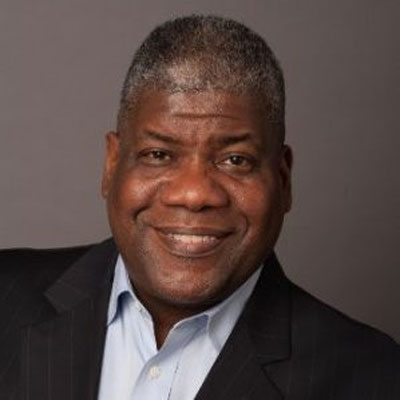
Economic Inclusion Task Force, Washington DC.
Maurice Daniel of Metro Strategies replaced Moses Boyd to speak on behalf of the Economic Inclusion Task Force. He remarked on two issues: 1) the substantial improvement test for operating businesses should be applied on an aggregate basis instead of an asset-by-asset basis; 2) the 31-month requirement for determining an active trade should be loosened such that the requirement is satisfied so long as their is clear evidence of advancement toward active trade or business.
Download EITC’s public comment letter [PDF]
Speaker #13: Sarah Brundage
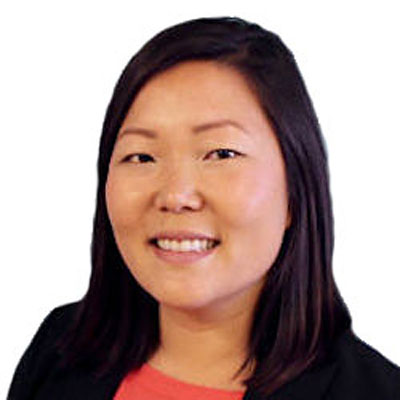
Enterprise Community Partners, Washington DC.
Sarah Brundage is Enterprise’s senior director of public policy. Her testimony focused on three issues: 1) treatment of vacant land to prevent land banking; 2) request to facilitate pairing of Opportunity Zones with NMTC and LIHTC; and 3) IRS should collect and publicly share data, as it is critical to ensure that Opportunity Zones are fulfilling its intended purpose.
Download Enterprise’s public comment letter [PDF]
Speaker #14: John Sciarretti
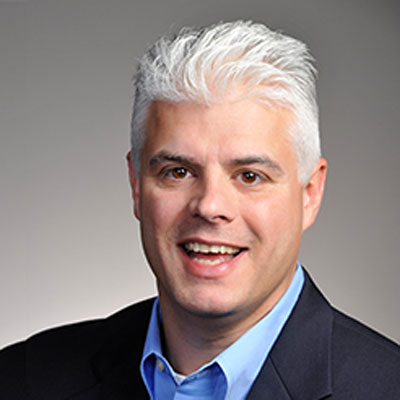
Novogradac OZ Working Group, San Francisco CA.
John Sciarretti of Novogradac & Company previously testified at the February hearing with Mike Novogradac. He returned on his own this time. His comments, delivered on behalf of the Novogradac OZ Working Group, focused on three topics: 1) the special amount includable rule; 2) the special 10-year exclusion election; and 3) a grace period for QOFs and QOZB properties in an active trade or business.
Download the public comment letter submitted by the Novogradac OZ Working Group [PDF]
Speaker #15: Joseph Darby & Christina Rice
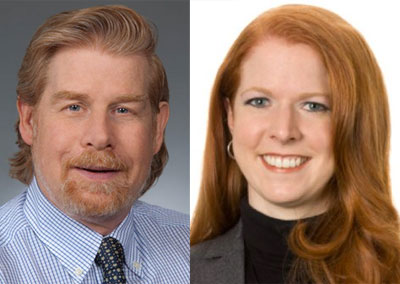
Boston University School of Law, Boston MA.
Joseph Darby is a tax partner at Sullivan & Worcester and teaches tax law at Boston University. Christina Rice is director of BU’s Graduate Tax Program. Along with Professor Susan Atlas, they have formed what they believe to be the first graduate-level tax course in the country that focuses on the Opportunity Zones tax incentive. Their testimony centered on treatment of Section 1231 gains and timing requirements for vacant property.
Speaker #16: John Lettieri
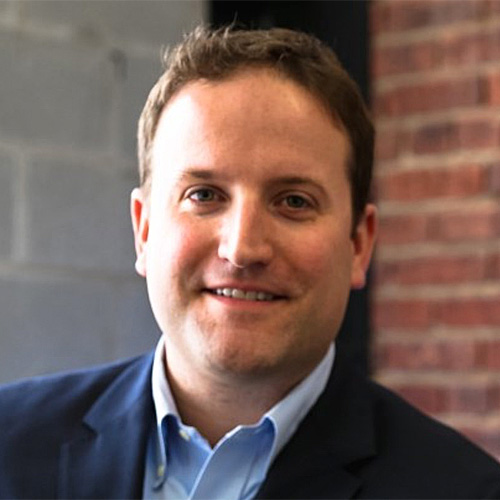
EIG Opportunity Zones Coalition, Washington DC.
John Lettieri is president and CEO of the Economic Innovation Group. His testimony focused on areas that the EIG Opportunity Zones Coalition believes need further clarification: 1) substantial improvement test should be done on an aggregate basis; 2) the definition of “substantially all”; 3) working capital safe harbor extension provided should be broadened and active trade or business need not exist at expiration of 31 months, but at least be making progress (similar to Maurice’s remark earlier); 4) treatment of Section 1231 gains; 5) assets sold by lower-tier QOZB should be treated the same as assets sold by the QOF, and that this is a big issues that is holding back formation of multi-asset funds; 6) clarification of anti-abuse rules. John had previously delivered testimony at the February hearing as well.
Download the public comment letter submitted by the EIG Opportunity Zones Coalition [PDF]
Speaker #17: Mark Troppe
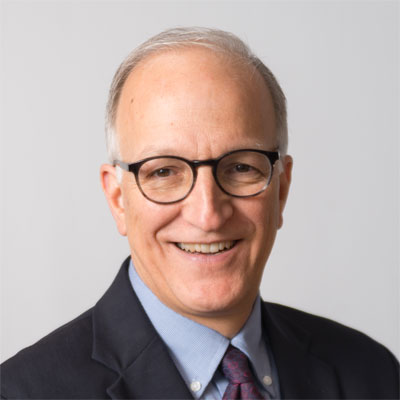
State Economic Development Executives Network.
Mark Troppe is senior vice president at the Center for Regional Economic Competitiveness. He testified on behalf of the State Economic Development Executives Network. His five points were as follows: 1) substantial improvement should be tested on an aggregate basis; 2) interim gains should be reinvested without being subject to income taxation; 3) 90% asset requirement should be loosened to afford additional flexibility and a more realistic timeline; 4) meaningful but unobtrusive reporting requirements are essential to track the efficacy of the program; and 5) facilitation of affordable housing projects by making it easier for OZ funds to invest in LIHTC projects, and easier to pair LIHTC with OZs.
Download SEDE’s public comment letter [PDF]
Speaker #18: Clayton Wyatt

Alliant Asset Management Co LLC, San Francisco CA.
Clayton Wyatt is chief capital officer at Alliant Asset Management. He suggested 1) that banks should be incentivized to participate in Opportunity Zones with Community Reinvestment Act (CRA) credits; 2) that detailed impact data at a project level be reported; and 3) that the substantial improvement test with respect to multifamily housing is nearly impossible to do, and instead a change of use requirement would open up additional flexibility for the creation of affordable housing.
Download Clayton Wyatt’s public comment letter [PDF]
Speaker #19: Julia Gordon
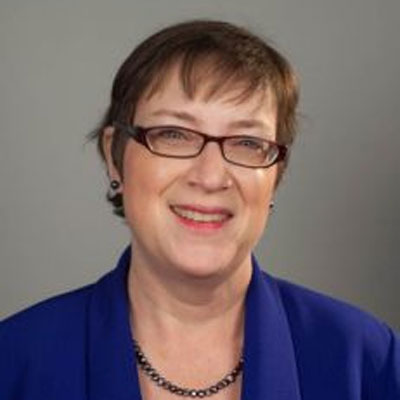
National Community Stabilization Trust, Washington DC.
Julia Gordon is president of the National Community Stabilization Trust. Her testimony focused on single family housing. She remarked that one of the unintended consequences of the Opportunity Zones policy is speculative land grab in OZ communities, which is not confined to just commercial or multifamily, but to single family housing as well. This may threaten affordable homeownership. She also requested that Treasury adopt a clear definition of vacancy. And she made the point that data collection is crucial, and that the CDFI may be an appropriate entity with capacity to perform such a task.
Download NCST’s public comment letter [PDF]
What’s Next?
This is likely to be the final public hearing on the Opportunity Zones tax incentive. Treasury should issue final regulations within the next few months.
